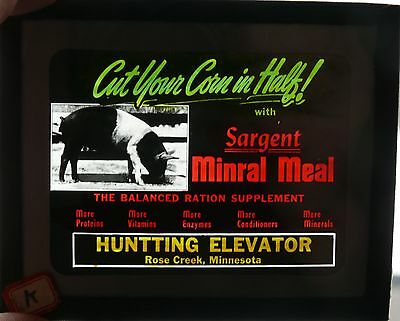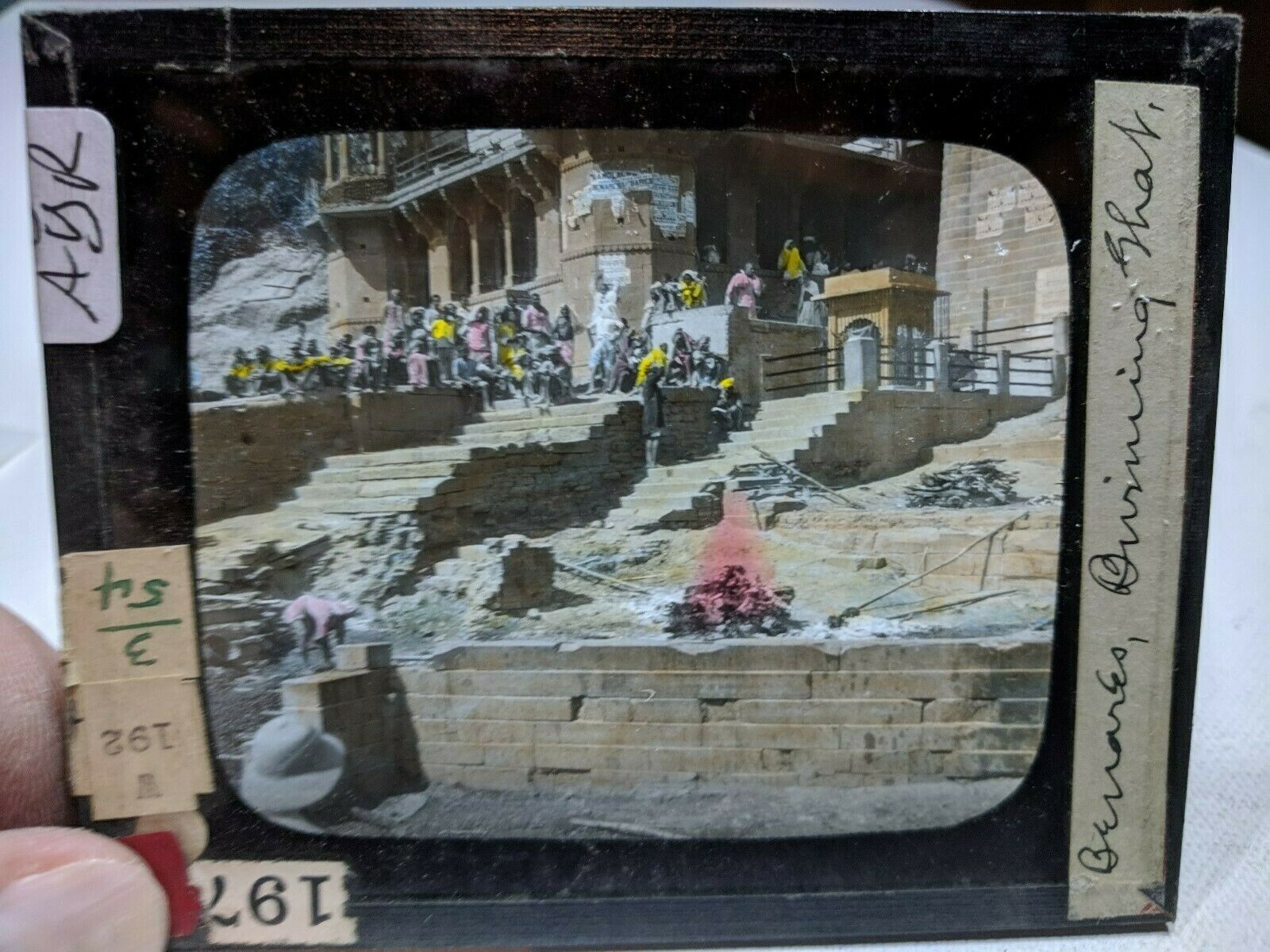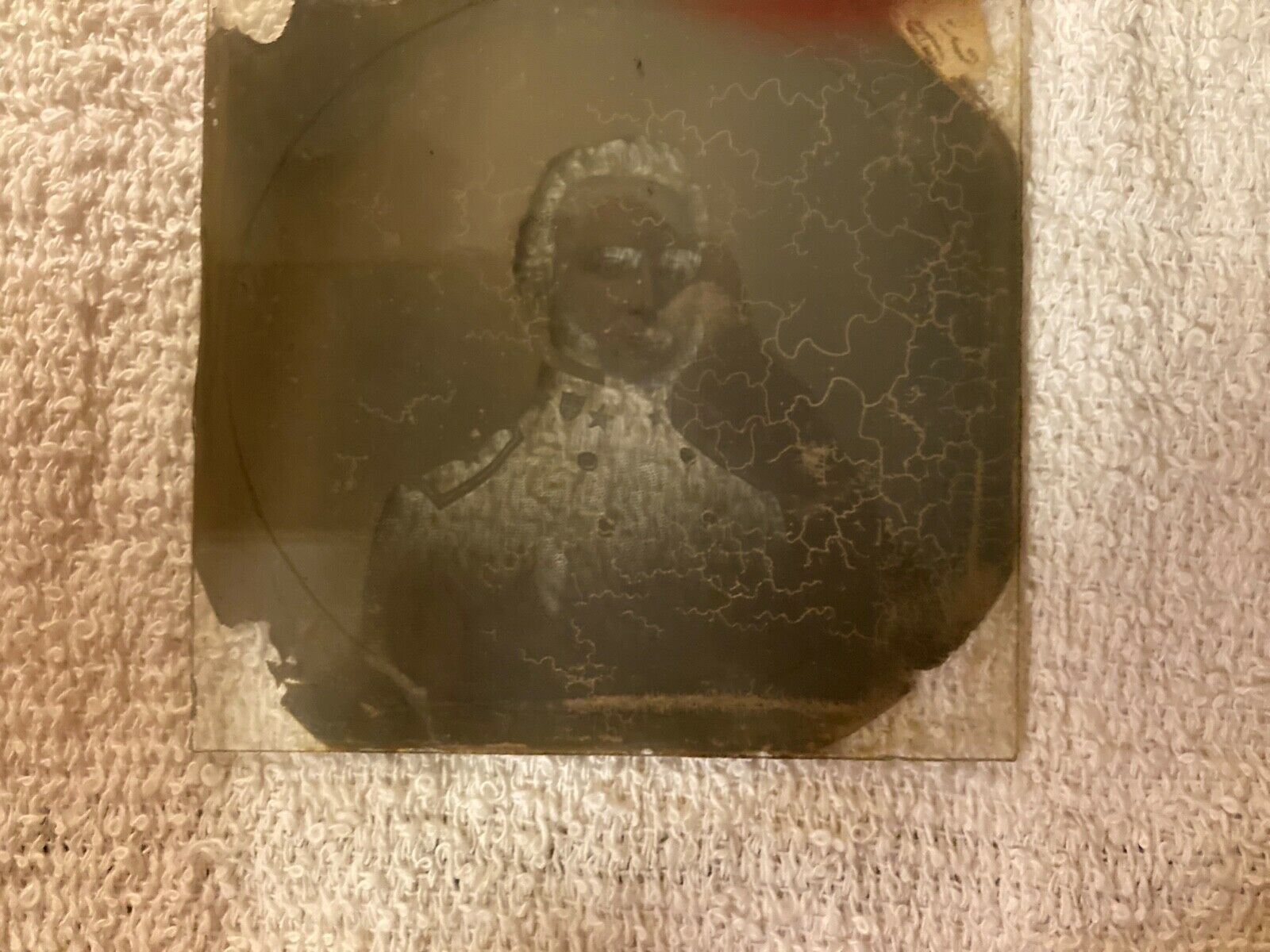-40%
MAGIC LANTERN GLASS ADVERTISING SLIDES 1930'S MOVIE THEATRE SCREEN IMAGE
$ 105.6
- Description
- Size Guide
Description
FARMING GLASS SLIDE 1930'SMagic Lantern
History | How it works | Types of lantern slides | What became of it
Sources | More Lanterns | Back to Optical Toys
History:
Since scientists began experimenting with the magic lantern in the 1600s, this device continued to play an important role in early entertainment.
Magic lanterns are an early equivalent of today's slide projectors, with a few important differences. First, magic lanterns used fire instead of electric bulbs to illuminate the slides. A second difference was the shape of the slides. Today's slides are often made of lightweight, thin plastic or glass, and come in single frames. Magic lantern slides came in strips of large, bulky pieces of glass held together with metal or wood. They often contained mechanical features that allowed limited movement of one or more slides within the projector, a feature no longer found on modern slide projectors. Lastly, many magic lanterns could display images of greater complexity than today's slide projectors.
top
How it works:
A magic lantern consists of seven functional sections: the lamp, reflector, condensing lens, lens tube, body, base, and smokestack. The lamp is the sole source of illumination, which often came from burning oil or gas, a burning piece of calcium, or later, electricity. The reflector reflects the light from the lamp toward the condensing lens, which focuses the light onto the slide being projected. The lens tube serves to magnify the illuminated slide, so that projected images from 6 to 12 feet wide can be obtained. The body is often made completely of metal, and houses all of the previous components except the lens tube. The base lifts the magic lantern above the surface of a table. This is important because the body will become intensely hot from the illuminating lamp, and the base helps to prevent table burns. Finally, the smokestack serves to vent the smoke coming from the lamp, so that the smoke doesn't accumulate inside the lantern and put out the fire.
Hand-painted or photographic glass slides are inserted horizontally between the condensing lens and lens tube, through metal runners at top and bottom. A skilled projectionist can move them quickly, and if the slides contain images of progressive motion, the projected image will appear to move. Some slides can create complex, constantly moving displays, demonstrating that the magic lantern is not simply a still image projector.
top
Types of lantern slides:
Lantern slides came in several sizes. Peck and Snyder, a company with great influence in the magic lantern industry, sold slides measuring 4.5 by 7 inches. "English pattern" slides were 3.5 by 3.5 inches, "French pattern" slides were 3.25 by 4 inches, and the "standard European size" was 3.25 by 3.25 inches. Specialized slides were over a foot long at times, containing gears, cranks, cogs, and even belts and pulleys. Obviously, there was very little standardization of slide sizes, but apparently this had little impact on the magic lantern's popularity. Although such a wide variety of magic lanterns and slides were made, the different types were so widespread that people could still find slides to fit their particular magic lanterns.
What became of it:
Due to the high demand at the time, the magic lantern industry was almost the equivalent of today's computer industry. Peck and Snyder sold at least 47 different varieties of magic lantern; the varieties mainly arose from slight changes in the seven lantern sections.









